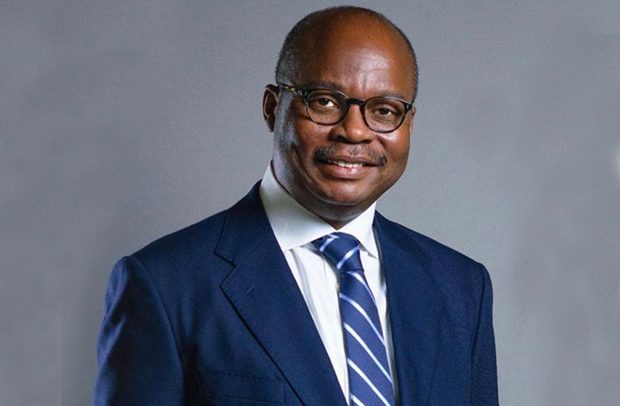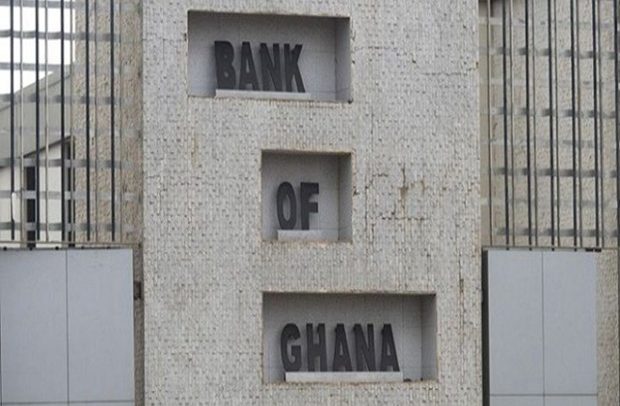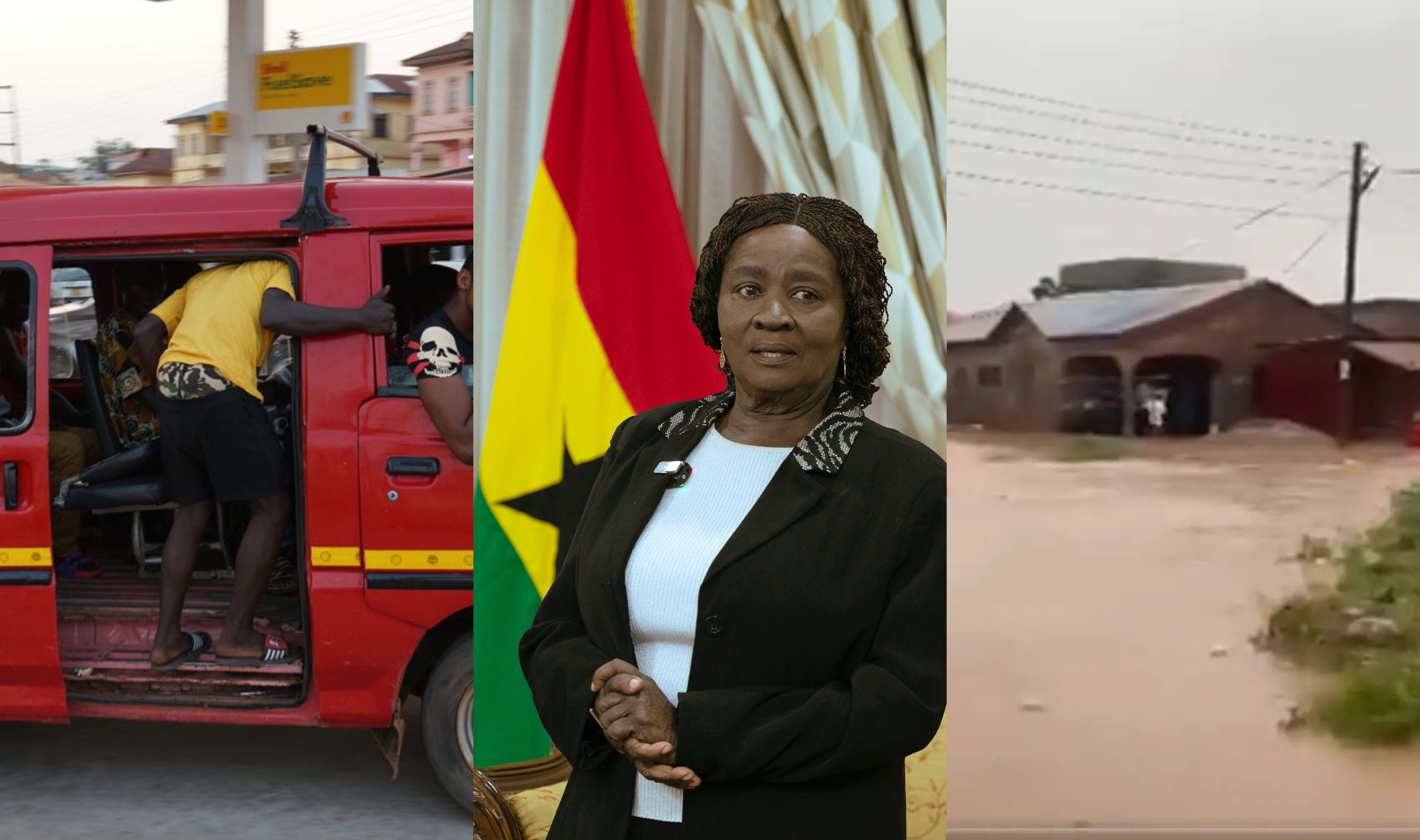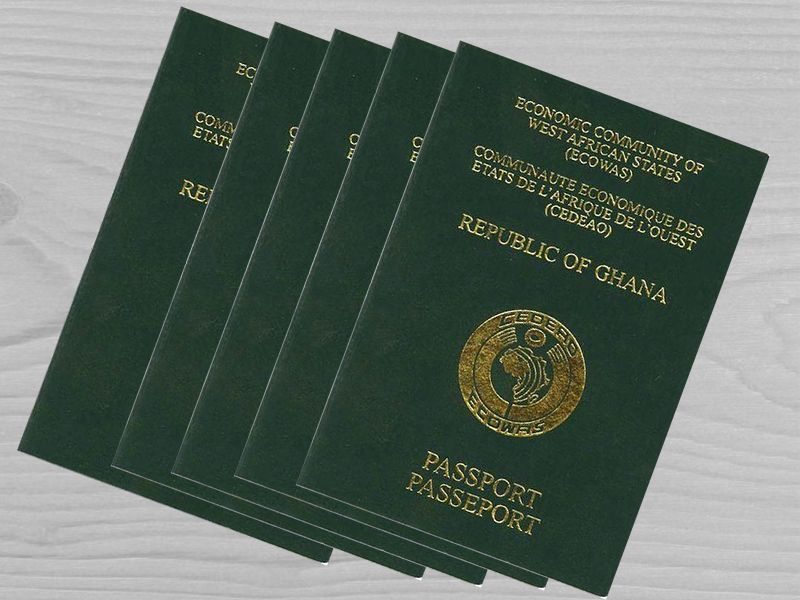
By Joshua Worlasi AMLANU & Ebenezer Chike Adjei Njoku
The Bank of Ghana (BoG) has opted to hold its benchmark interest rate steady while introducing a structural tweak to its liquidity management regime, a move aimed at sustaining recent macroeconomic gains amid persistent inflation risks.
Following its 124th Monetary Policy Committee (MPC) meeting, the central bank on Monday said it will keep the policy rate unchanged at 28 percent – citing the need to reinforce disinflation momentum and anchor stability in the face of global uncertainties and elevated domestic inflation.
However, in a significant policy shift, the BoG announced an amendment to the dynamic cash reserve ratio (CRR) framework. Effective June 5, 2025, commercial banks will be required to hold reserves in the same currency as the deposits they mobilise. This means foreign currency deposits must now be backed by foreign currency reserves and cedi deposits by cedi reserves.
The Bank of Ghana introduced a dynamic cash reserve ratio (CRR) framework – varying by banks’ loan-to-deposit ratios – to discourage overinvestment in government securities and promote private sector lending, with CRRs set at 25 percent for LDRs below 40 percent, 20 percent for LDRs between 40 percent and 55 percent and 15 percent for LDRs above 55 percent.
The move has significantly increased reserves at the central bank and helped absorb excess liquidity.
“The committee decided to amend the dynamic cash reserve ratio… so that reserves for all banks will now be maintained in their respective currencies,” said Governor Dr. Johnson Pandit Asiama during a press briefing.
He explained that the change is part of efforts to tighten the liquidity framework and enhance monetary transmission.
The decision comes amid improving economic indicators. The updated composite index of economic activity rose by 2.3 percent year-on-year in March 2025, more than double growth recorded in the previous year.
Meanwhile, confidence among consumers and businesses has reached its highest point in seven years, supported by declining inflation and a stable exchange rate environment.
Headline inflation fell to 21.2 percent in April, a drop of 2.6 percentage points since beginning of the year. The decline, which has been broad-based across both food and non-food components, is credited to tighter monetary policy, exchange rate stability and lower ex-pump petroleum prices.
“Core inflation, which incorporates energy and utility costs and inflation expectations across sectors, also points to sustained easing,” Dr. Asiama noted.
He added that the MPC sees a faster convergence toward the medium-term inflation target by first quarter of 2026, provided no major shocks derail the outlook. The end-year inflation target is now at 12 percent.
Ghana’s fiscal position has also shown signs of improvement. Despite revenue falling short of projections in first quarter-2025, expenditure cuts helped keep the primary balance in check. Public debt stood at GH¢769.4billion at the end of March, or 55 percent of GDP – down from 61.8 percent in December 2024.
On the external front, the country posted a record current account surplus of US$2.1billion in Q1 2025, driven by higher export earnings from gold, cocoa and robust remittance inflows.
This led to an overall balance of payments surplus of US$1.1billion and boosted gross international reserves to US$10.7billion – enough to cover 4.7 months of imports.
The cedi has also rebounded strongly, appreciating by 24.1 percent against the U.S. dollar, 16.2 percent against the British pound and 14.1 percent against the euro as of May 21, 2025. Analysts attribute the rally to a mix of fiscal consolidation, foreign exchange rule enforcement and the central bank’s hawkish stance.
Still, the MPC noted that inflation remains elevated relative to its medium-term goal. “Despite the gains, inflation is still high and maintaining a tight monetary policy stance is necessary to reinforce the disinflation process,” said Asiama.
The unchanged policy rate signals the bank’s cautious optimism, balancing the need to consolidate gains with recognition of lingering vulnerabilities. Global headwinds – including rising trade tariffs and policy uncertainty in advanced economies – have tempered investor sentiment and could spill over into emerging markets like Ghana.
Monetary authorities also acknowledged the divergent paths central banks are taking globally, with some maintaining tight stances while others ease policy in response to falling inflation. The Bank of Ghana appears to be anchoring its own decisions on domestic fundamentals and the urgency of restoring price stability.
The next MPC meeting is scheduled for July 2025.
The post BoG amends dynamic cash reserve ratio, maintains policy rate at 28% appeared first on The Business & Financial Times.
Read Full Story

















Facebook
Twitter
Pinterest
Instagram
Google+
YouTube
LinkedIn
RSS